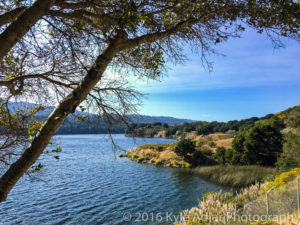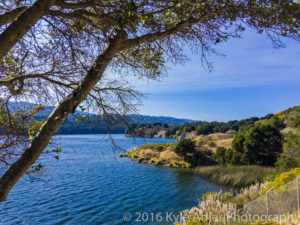Wildlife photography is one of the most exciting and rewarding pursuits I know, but it is also very challenging. Whether on safari in far-flung wilderness regions around the world or in a park or zoo near home, capturing great images of the local fauna requires plenty of patience, a little bit of luck, and some specialized gear. This post outlines the basic equipment needed for wildlife photography.
 Sometimes we get lucky. This alligator was seeking what little sunshine was available on an overcast winter’s day on the bayou in Louisiana. He stayed sufficiently still that I was able to capture this image by handholding a medium telephoto lens from our airboat. Buy this photo
Sometimes we get lucky. This alligator was seeking what little sunshine was available on an overcast winter’s day on the bayou in Louisiana. He stayed sufficiently still that I was able to capture this image by handholding a medium telephoto lens from our airboat. Buy this photo
Occasionally, a critter may scamper, fly, or swim right up to where the photographer happens to be standing, but in the vast majority of cases, if we want to capture a really moving and uninhibited portrait of an animal, we need a long telephoto lens. Working with “big glass” not only fills more of the frame with the main subject, but it has the added benefit of allowing the photographer to shoot from a vantage point far enough away from the animal so as not to frighten it. It’s also very important when photographing wildlife that we make every effort to keep the wildlife wild, and using a long lens keeps us at a sufficient distance that the creatures we’re observing are less likely to become accustomed to the sight, sound, and smell of humans.
I like to carry both a medium telephoto and a long telephoto when shooting wildlife, so as to be prepared for a variety of situations. My medium lens of choice is the Nikon 70-300mm f/4.5-5.6 VR lens. While this lens is built on aging technology and doesn’t always feel as solid as more professional lenses, it is relatively small and lightweight, fairly inexpensive, and provides a very effective vibration reduction function. This lens has been a staple in my bag for many years, during which time I’ve used it to capture some of my favorite images.
My go-to long lens for wildlife photography is the Sigma 150-500mm f/5-6.3 lens. It’s more economical than a Nikon or Canon super-tele, and it produces reasonably sharp images even when used at its widest aperture. You can spend much more on this type of big glass if you want or need to, but I’ve found this lens works quite well for me.
 Lilac breasted roller captured with a 500mm lens in Tanzania’s Kilimanjaro region. Buy this photo
Lilac breasted roller captured with a 500mm lens in Tanzania’s Kilimanjaro region. Buy this photo
When shooting far-off and often rapidly moving animal subjects with big glass, it is important to have a good means of stabilizing the camera. Depending on the shooting situation, I use either a lightweight tripod or a beanbag support.
A lightweight travel tripod is perfect for those situations when you have plenty of space and plenty of time in one place. I like the Manfrotto Be Free travel tripod. It folds up to an incredibly small size yet affords a surprising amount of stability. The included ball head works well but is difficult to adjust for sensitivity. This tripod is designed to fit into a special pouch in my favorite travel photography backpack, also made by Manfrotto.
For situations when you will be on the move much of the time, such as on game drives using safari vehicles, a beanbag support is extremely useful, as you cannot fit a tripod in a safari vehicle and a monopod is awkward. The bag can be emptied for convenient travel and then filled with “beans” (usually synthetic) upon arrival. It is placed on top of the safari vehicle while shooting, with the camera and long lens resting on the beanbag. While the beanbag that I use is no longer available, this one is well reviewed by photographers and represents a good value.
 A sleepy leopard yawns in a tree above the Endless Plains of Serengeti National Park. This image was captured using a 500mm lens resting on a beanbag support placed on the roof of our safari vehicle. Buy this photo
A sleepy leopard yawns in a tree above the Endless Plains of Serengeti National Park. This image was captured using a 500mm lens resting on a beanbag support placed on the roof of our safari vehicle. Buy this photo
With a couple of good telephoto lenses, including one long one, and a couple of good options for stabilizing them, you will be armed with the right basic tools for bringing home truly memorable images of the wildlife you encounter on your travels. Happy hunting!
What are your favorite wildlife subjects and locations, and what gear do you use to capture them? Please share your experiences here.
Want to read more posts about photographic gear? Find them all here: Posts on Gear.
























































































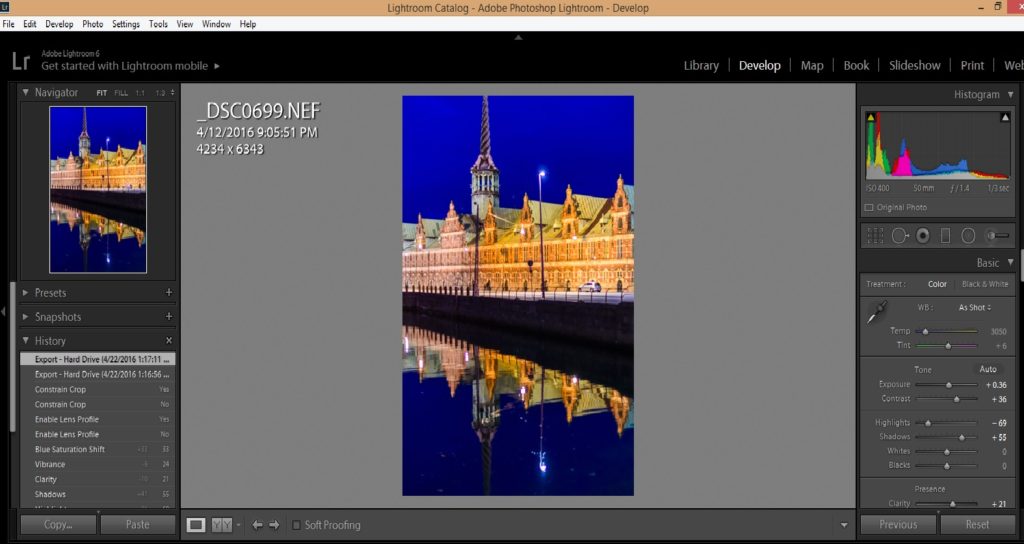






![I See a Red Door and I Want to Paint It Black [Encore Publication]: When a black-and-white image is better than color, and how to convert to B&W](http://www.to-travel-hopefully.com/wp-content/uploads/2016/08/LR-9763-1200x801.jpg)












 This image shows the early partial stages of the Svalbard total solar eclipse. Shoot periodically during all the partial stages, and remember to reposition your shooting angle so the sun remains in the center of your field of view.
This image shows the early partial stages of the Svalbard total solar eclipse. Shoot periodically during all the partial stages, and remember to reposition your shooting angle so the sun remains in the center of your field of view. 

 Once home from the eclipse trip, get creative about how to share your experience. Here I have put together a montage of some of my favorite images from each stage of the Svalbard eclipse. Using Photoshop, I created a composite image showing the sequence of stages from partial to total and back again.
Once home from the eclipse trip, get creative about how to share your experience. Here I have put together a montage of some of my favorite images from each stage of the Svalbard eclipse. Using Photoshop, I created a composite image showing the sequence of stages from partial to total and back again. 
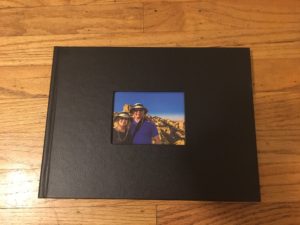
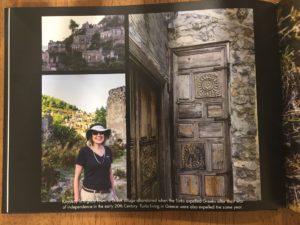
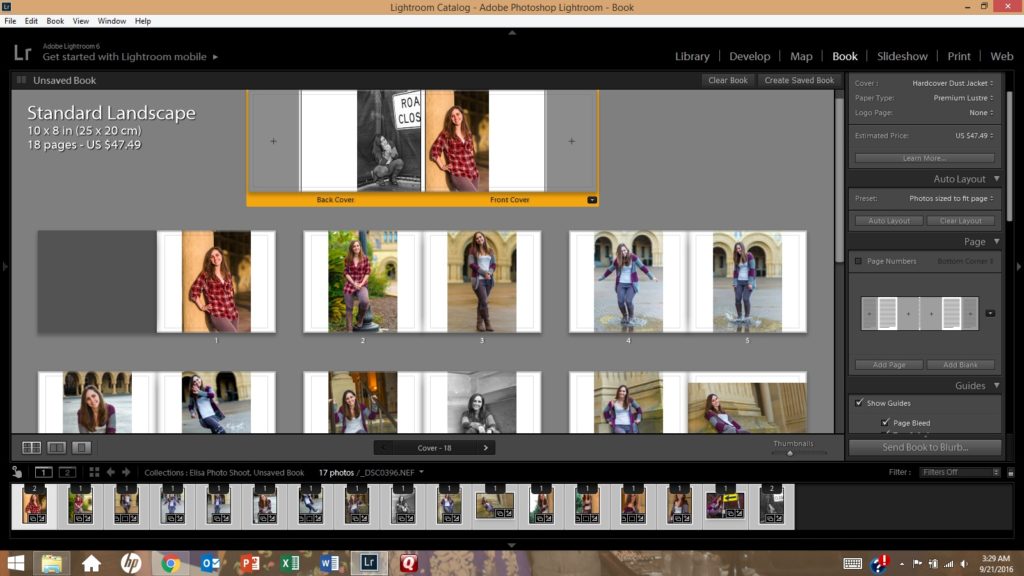 The process of creating a photo book using Lightroom’s Book module (shown here) is fairly straightforward. It’s even more intuitive using an online service such as Snapfish or Shutterfly.
The process of creating a photo book using Lightroom’s Book module (shown here) is fairly straightforward. It’s even more intuitive using an online service such as Snapfish or Shutterfly.
